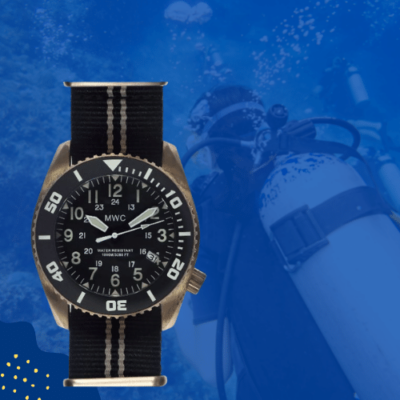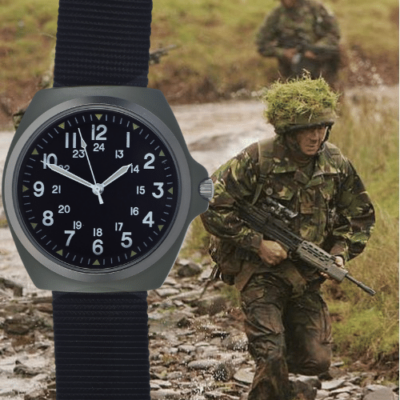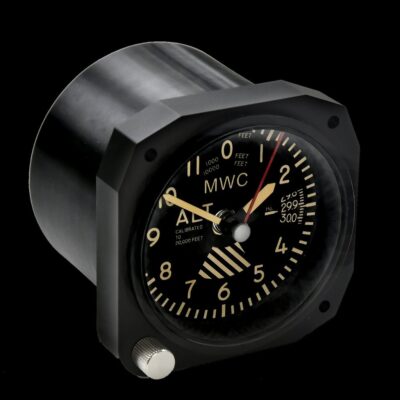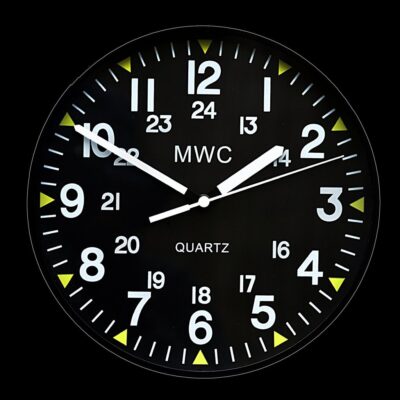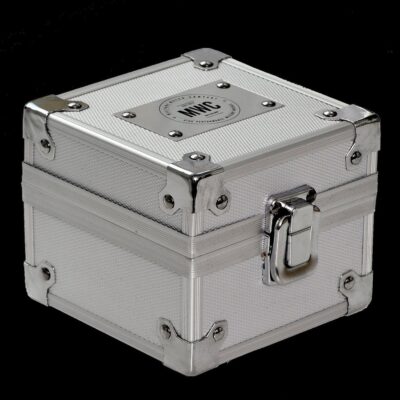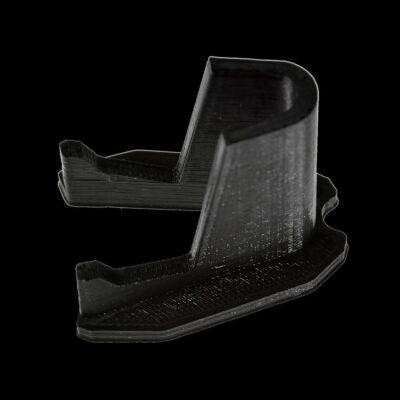News
Fujian vs. Sichuan: How China’s Two New EMALS Aircraft Carriers Compare
China’s aircraft carrier program has continued to make accelerated progress, with the country having completed eight carrier warships while having at least two more, both of them supercarriers, under construction, positioning its naval aviation capabilities to rival those of United States in the 2030s. Nine days after the commissioning of China’s first supercarrier the Fujian on November 5, the country’s eighth carrier and first of the Type 076 class, the Sichuan, began its first sea trails on November 14, with the two ships having highly complementary capabilities and roles in the Navy. The Fujian and the Sichuan are two of the world’s first three aircraft carriers alongside the U.S. Navy supercarrier USS Gerald Ford to integrate electromagnetic catapult systems. This new technology allows the ships to provide considerable energy to aircraft upon launch to facilitate higher takeoff weights, which is expected to be a common feature of all future Chinese aircraft carriers.
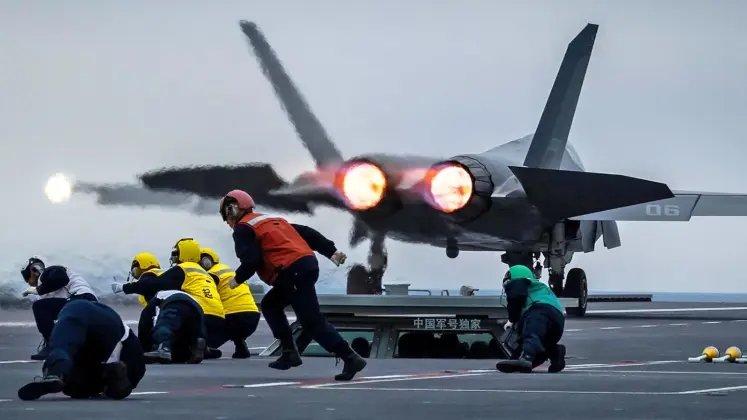
Where the Fujian is an 85,000 ton vessel capable of generating very rapid sorties by launching up to three aircraft simultaneously, the Sichuan is a much smaller 50,000 ton ship that blurs the line between an amphibious assault ship, like the lighter Type 075 class on which its design is based, and a full aircraft carrier. The Sichuan was designed to accommodate a smaller air wing, which is expected to be comprised largely if not entirely of unmanned aircraft, including new types of unmanned stealth fighters such as the GJ-11. Although small compared to supercarriers, the ship is still large by international standards, with a higher displacement than the U.S. Navy’s Wasp class and America class carriers which accommodate the F-35B, and than Europe’s largest aircraft carrier the 41,000 ton nuclear powered ship Charles de Gaulle. The Sichuan has no direct analogues with similar displacements or capabilities anywhere in the world, and has the potential to be particularly revolutionary for Chinese carrier aviation.

The Sichuan uses a double island design due to the usage of gas turbines for propulsion, as air intakes and exhausts cannot be too long or too close to each other. It has a full length flight deck, multiple large elevators, and an internal hangar to accommodate the operation of long range fixed wing aviation assets. The ship has an expected capacity to operate approximately 28-35 aircraft depending on their sizes, although it also has well decks to allow it to operate as an amphibious assault ship like the Type 075 class. Developing a carrier specifically to deploy fixed wing unmanned aircraft has never been attempted before, but has a number of possible advantages, both due to China’s global leadership in the development of such aircraft, and because they generally require less maintenance, take up less space and can often be more efficient than their manned counterparts. Compared to the Fujian, the Sichuan will provide a lighter carrier capability with an air wing that for the foreseeable future will likely focus much more on strike operations than on providing an air-to-air capability, due to the limitations of unmanned aircraft in the field.



